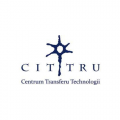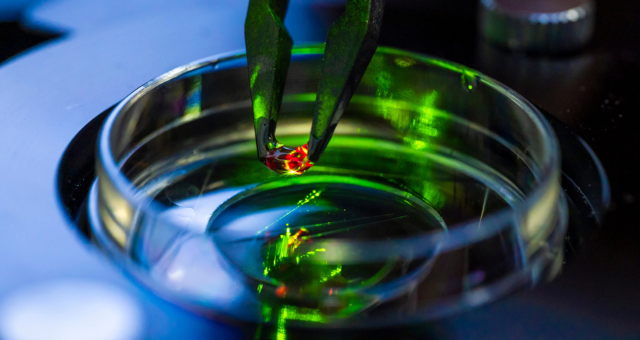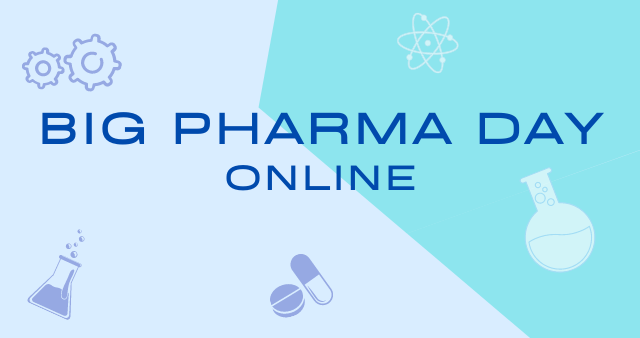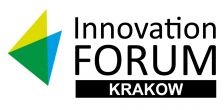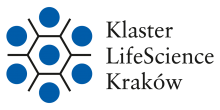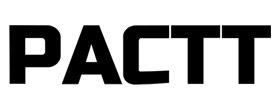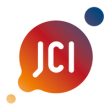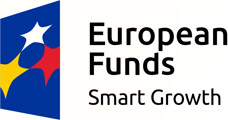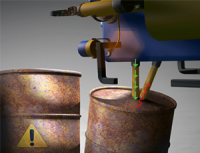
The subject of the offer is a device to non-invasive, neutron beam detection of hazardous materials (unexploded bombs, mines, was gases) in a water environment. Application: non-invasive detection of hazardous load, in the bottom of seas, lakes and rivers, anti-terrorism monitoring of hydraulic engineering and off-shore objects.
The actually used hazardous materials detection methods mainly refer to sonars and magnetometers. Thus, it is only possible to get information about the shape of hazardous load but not about its kind. Still, the degree of danger have to be determined.
The used methods are not very useful when the war remains are searched in waters, like Baltic Sea, also in offshore protection.
These probles are solved by SABAT, a detection device developed on Jagiellonian University. SABAT is able to determine the shape of a hazardous load as well as its chemical composition in a non-invasive way.
It uses neutron beams to activate the atoms of the test substance, what emit gamma radiation. The radiation with characteristic energy is registered by a scintillation detector.
Offered IP relates technology which is patented in the area of Poland and abroad.
Further development of the invention is under progress at Jagiellonian University, UJFaculty of Physics, Astronomy and Applied Computer Science. Currently, the Centre for Technology Transfer CITTRU looks for entrepreneurs interested in licensing and application of the technology described above.
The measurement of registered gamma quantums number and energy gives an elementary composition analysis results.
Thanks to high penetration of neutrons and gamma radiation, SABAT enables to non-invasive scanning without additional verification. More, the guides for neutron and gamma quantums as well as changing device geometry enale to obtain a tomographic image of analysed substance density.
Advantages:
√ tomographic image of substance density in analysed object
√ non-invasive water monitoring with respect of hazardous load deep under the bottom surface
information / broker of Jagiellonian University
